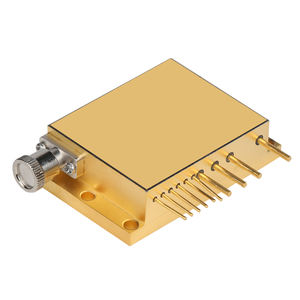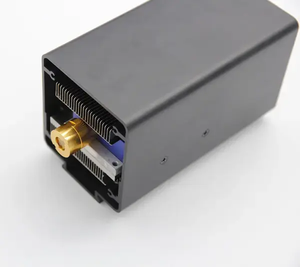Thyristors Online | High-Quality Power Semiconductors
Title: Transistor vs Thyristor: Why Your Gadget Cares
(What Is The Difference Between A Transistor And A Thyristor)
1. What Are Transistors and Thyristors?
Think of transistors and thyristors as tiny electronic switches. They control electricity flow inside almost every gadget you own. But they are not the same. A transistor acts like a smart dimmer switch. You can turn it on, turn it off, or set it anywhere in between. It responds instantly to a small control signal. A thyristor, however, is more like a latching light switch. Once you turn it on, it stays on. It needs a special signal to turn off. Both are made from special materials like silicon. Both control large currents with small signals. Yet their internal structures and how they behave make them suited for different jobs.
2. Why Do We Need Both Transistors and Thyristors?
Different jobs need different tools. That’s why both exist. Transistors excel at fast, precise control. Your phone needs this for its processor. It makes billions of calculations per second. Transistors switch on and off incredibly fast. They handle analog signals perfectly. Think about adjusting your speaker volume smoothly. That’s a transistor’s job. Thyristors are masters of handling huge power. They are tough. They latch on once triggered. This makes them super efficient for controlling massive currents. They are perfect for situations needing simple on/off control of high power. Think big motors or power lines. Using a transistor for these could make it overheat. Using a thyristor for audio processing would sound terrible. Each fills a vital role transistors can’t.
3. How Do Transistors and Thyristors Actually Work?
Understanding their guts explains the difference. A basic transistor has three layers: Emitter, Base, Collector. A tiny current entering the Base controls a much larger current flowing from Emitter to Collector. It’s like a valve. Turn the Base knob a little, and the main flow changes a lot. This allows amplification and fast switching. A thyristor is more complex. It has four layers: Anode, Cathode, and two Gates (often just one Gate is used). This structure creates a latching effect. A small pulse to the Gate turns it on. Once on, the thyristor stays on. It ignores the Gate signal after that. Current must drop to zero to turn it off. This happens naturally in AC circuits. For DC, you need extra circuits to force it off. This latching is key to its power-handling strength.
4. Where Do We Use Transistors and Thyristors? (Applications)
You find transistors everywhere needing smart control:
Computers & Phones: Billions form the CPU and memory chips, switching billions of times a second.
Audio Amplifiers: They precisely boost weak signals from microphones or music players to drive speakers.
Radio Receivers & Transmitters: They amplify and modulate signals.
Power Supplies: They regulate voltage efficiently in chargers and adapters.
Sensors & Logic Circuits: They process signals and make decisions in gadgets.
Thyristors dominate high-power control:
Motor Speed Controls: Especially large industrial motors (like in factories), controlling their speed efficiently.
Light Dimmers: Traditional dimmers for incandescent/halogen lamps often use thyristors (TRIACs, a type).
Power Transmission: Used in HVDC (High Voltage DC) systems to convert AC to DC and back, handling gigawatts.
Battery Chargers: Controlling large charging currents for car batteries or industrial systems.
Heating Controls: Precisely switching large heating elements on and off in ovens or furnaces.
5. FAQs: Transistors and Thyristors Demystified
Can I replace a transistor with a thyristor? Usually not. Their functions differ too much. A thyristor latches on; a transistor needs constant control. Swapping them would likely break the circuit or make it work wrong.
Which one is faster, transistor or thyristor? Transistors are much faster. They switch on and off in nanoseconds. Thyristors switch on fast but turn off slower, needing the current to drop to zero. This limits their speed.
Which one handles more power? Thyristors generally handle much higher currents and voltages. Their latching design makes them robust for power control. Transistors manage power too, but extreme high-power apps favor thyristors.
Are thyristors older technology? Not really. Both were developed around the mid-20th century. Thyristors (like SCRs) came a bit later than early transistors. Both are constantly improved and widely used today for their specific strengths.
(What Is The Difference Between A Transistor And A Thyristor)
Do I find them in everyday items? Absolutely. Your phone is packed with transistors. Your laptop charger uses transistors for efficient power conversion. That old lamp dimmer knob likely uses a thyristor (TRIAC). Even your car has both managing electronics and power systems.


